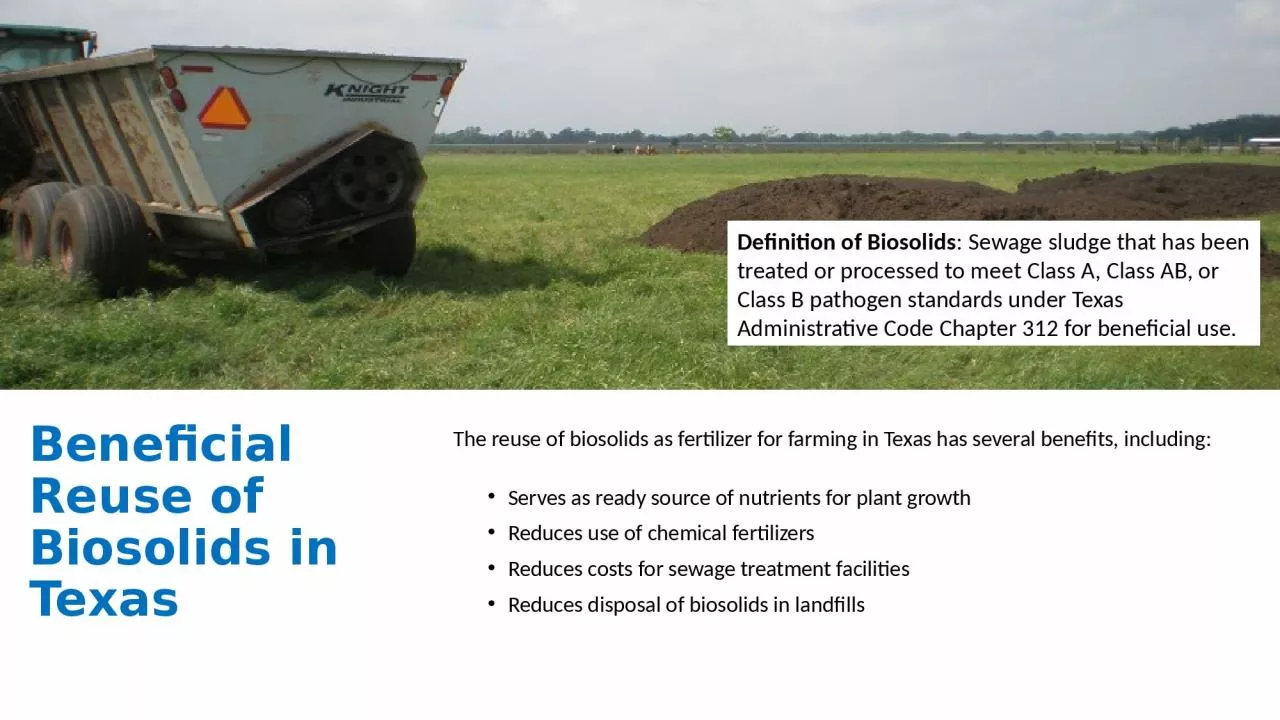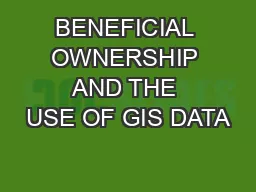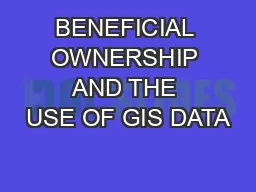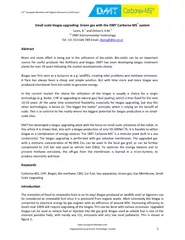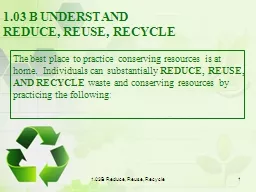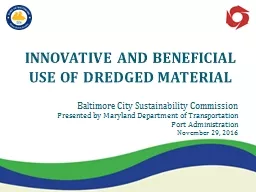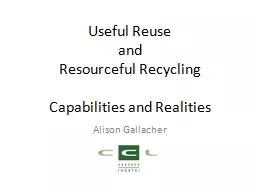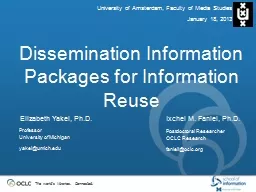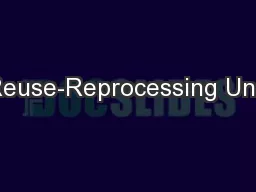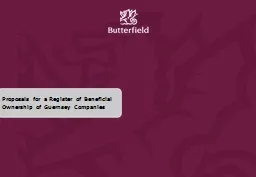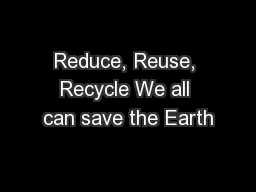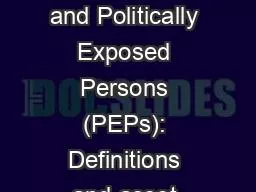PPT-Beneficial Reuse of Biosolids in Texas
Author : evelyn | Published Date : 2024-02-03
The reuse of biosolids as fertilizer for farming in Texas has several benefits including Serves as ready source of nutrients for plant growth Reduces use of chemical
Presentation Embed Code
Download Presentation
Download Presentation The PPT/PDF document "Beneficial Reuse of Biosolids in Texas" is the property of its rightful owner. Permission is granted to download and print the materials on this website for personal, non-commercial use only, and to display it on your personal computer provided you do not modify the materials and that you retain all copyright notices contained in the materials. By downloading content from our website, you accept the terms of this agreement.
Beneficial Reuse of Biosolids in Texas: Transcript
Download Rules Of Document
"Beneficial Reuse of Biosolids in Texas"The content belongs to its owner. You may download and print it for personal use, without modification, and keep all copyright notices. By downloading, you agree to these terms.
Related Documents

